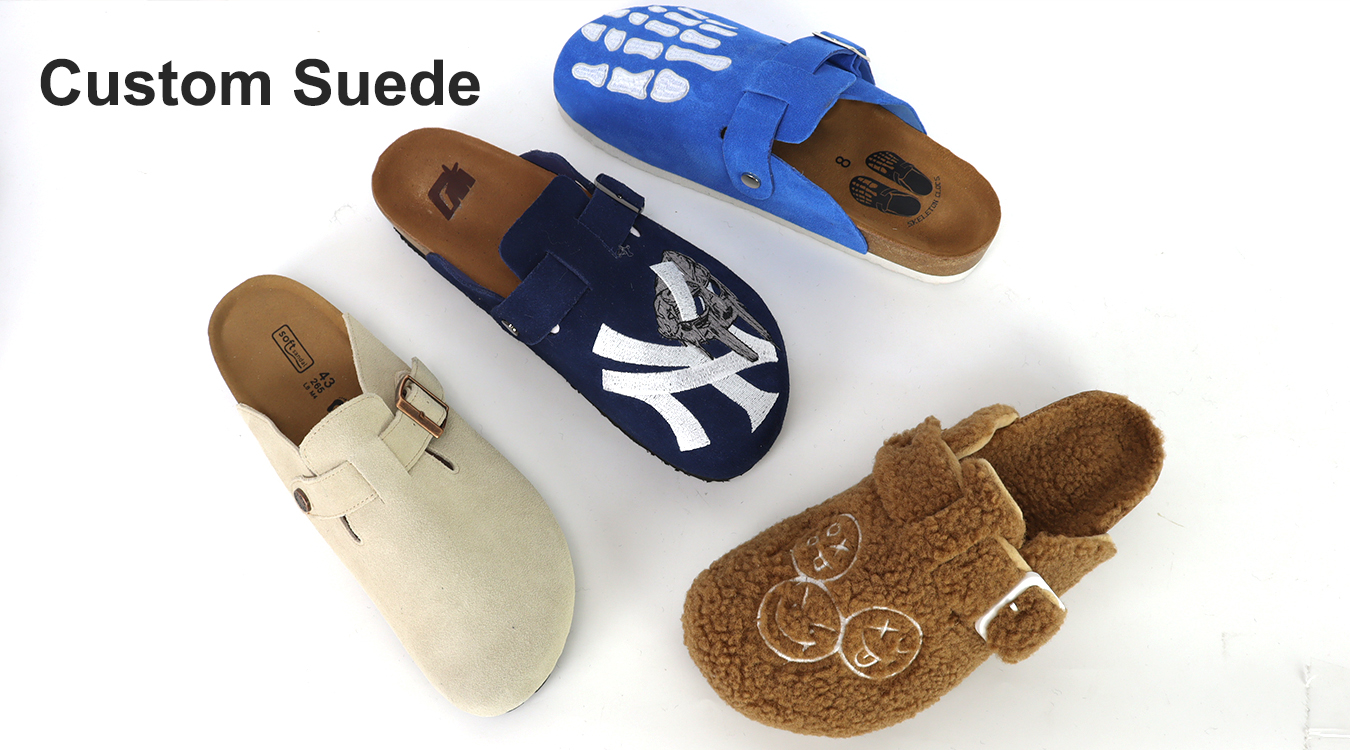
Suede clog slippers are the perfect blend of style, comfort, and durability. But what goes into making these high-quality footwear pieces?
Making suede clog slippers requires selecting premium materials, ensuring expert craftsmanship, and focusing on ergonomic design. From choosing the right suede to the final touches, every step contributes to a comfortable and long-lasting product.
Why Choose Suede for Clog Slippers?
Suede is a premium material known for its softness and durability. But why is it ideal for clog slippers?
Suede provides a velvety texture that enhances comfort while maintaining breathability and flexibility. This ensures that your feet stay warm without feeling suffocated.
The Benefits of Suede
| Feature | Benefit |
|---|---|
| Soft Texture | Provides luxurious comfort |
| Breathability | Keeps feet dry and comfortable |
| Durability | Long-lasting with proper care |
| Stylish Appeal | Looks elegant and fashionable |
The Key Steps in Crafting Suede Clog Slippers
Creating high-quality suede clog slippers involves several meticulous steps. Each phase ensures that the final product meets both comfort and style expectations.
1. Selecting High-Quality Suede
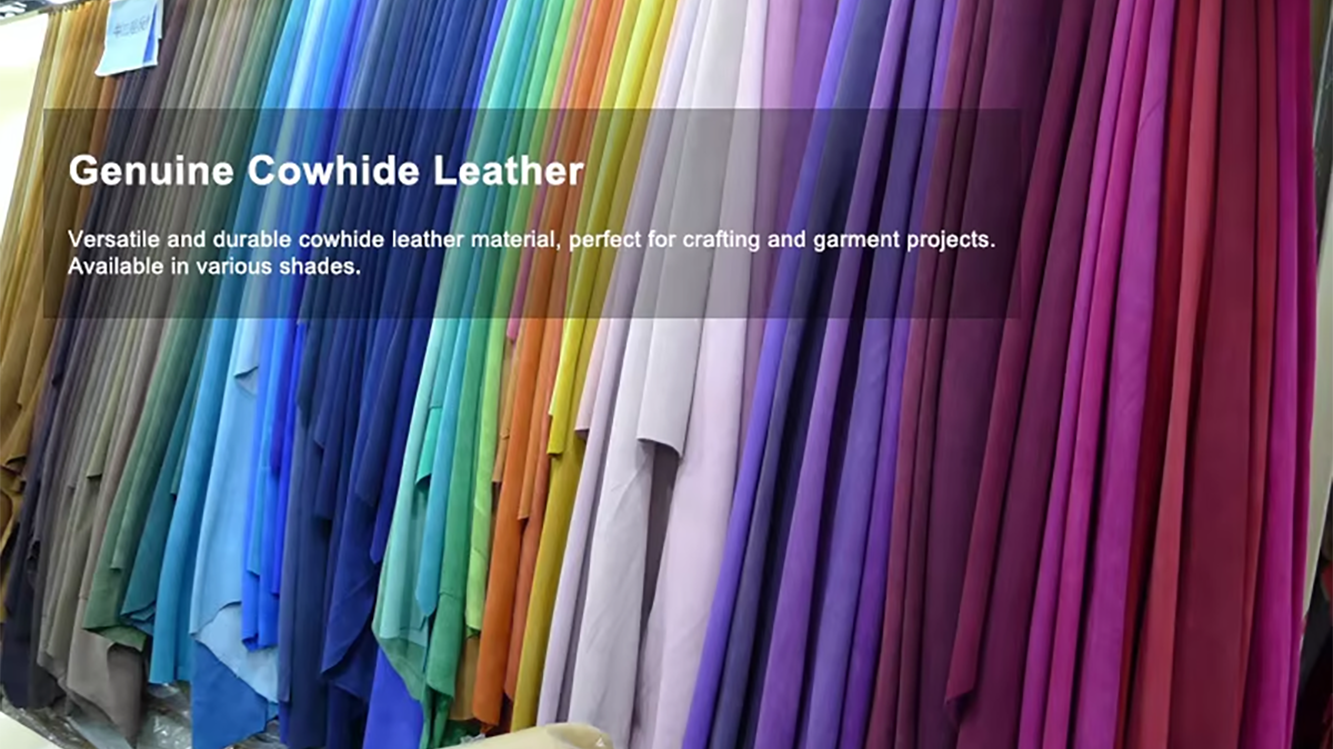
The first step is choosing premium-grade suede1. Only high-quality hides are used, ensuring durability and a soft feel. The suede undergoes a treatment process to enhance its resistance to wear and tear.
2. Designing the Clog Structure
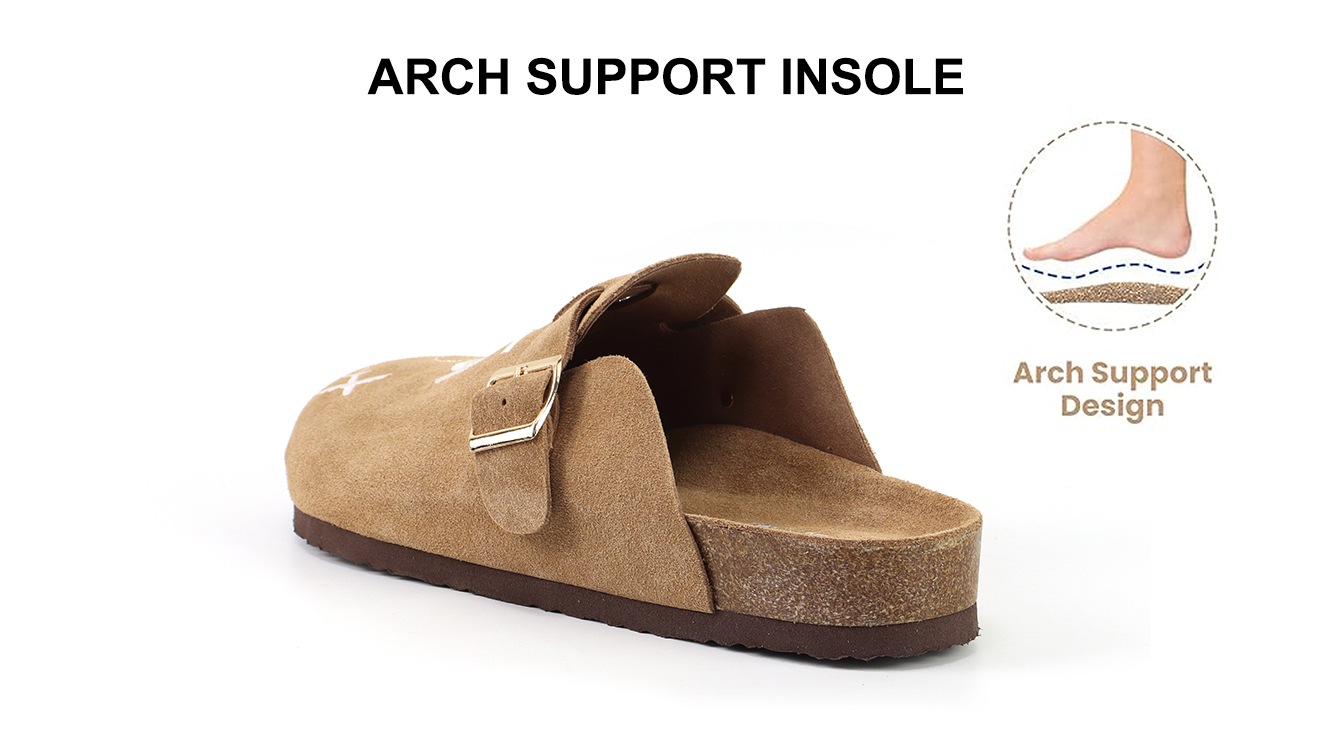
A well-designed clog provides both support and flexibility. The design process includes:
- Ergonomic Footbed: Supports natural foot movement and prevents fatigue.
- Arch Support: Ensures better posture and reduces strain.
- Adjustable Fit: Some models include straps for a customizable fit.
3. Cutting and Shaping the Upper
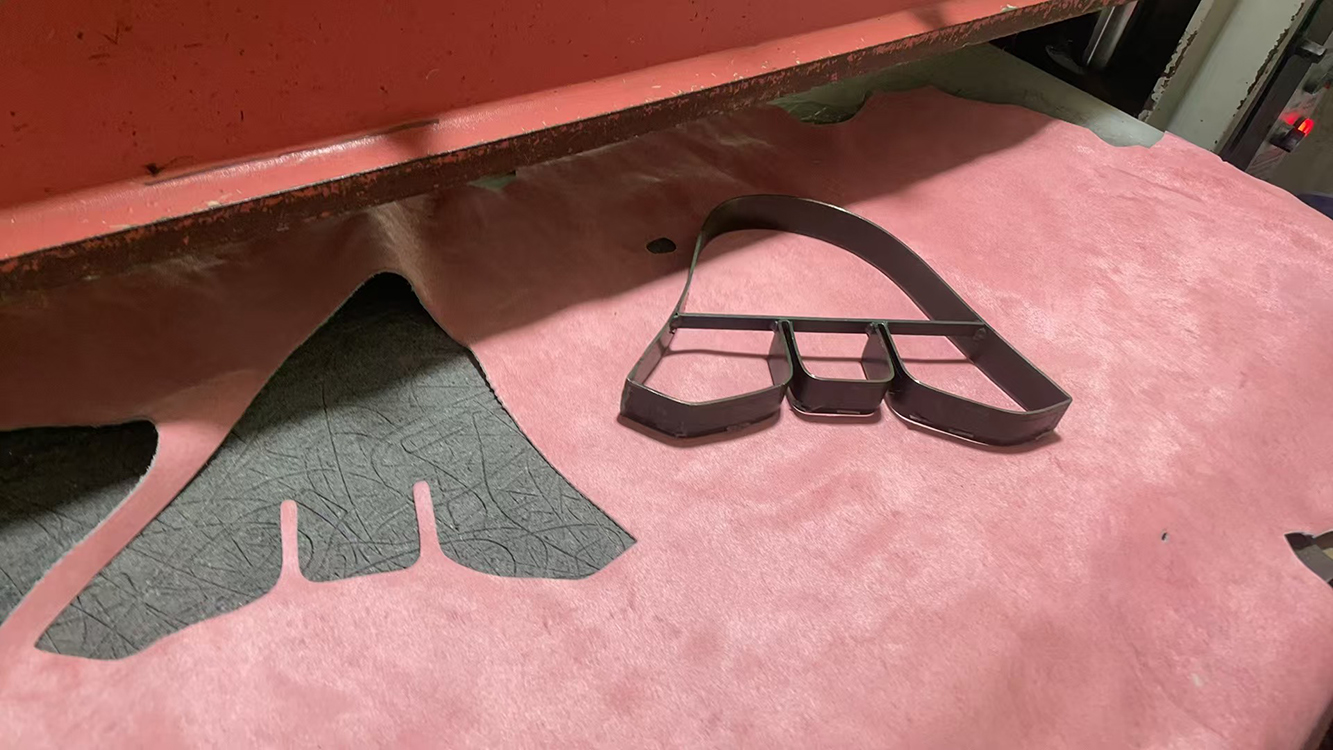
After finalizing the design, the suede is cut into precise shapes using industrial cutting tools2. Skilled artisans ensure clean edges and uniformity in every piece.
4. Assembling the Upper and Sole
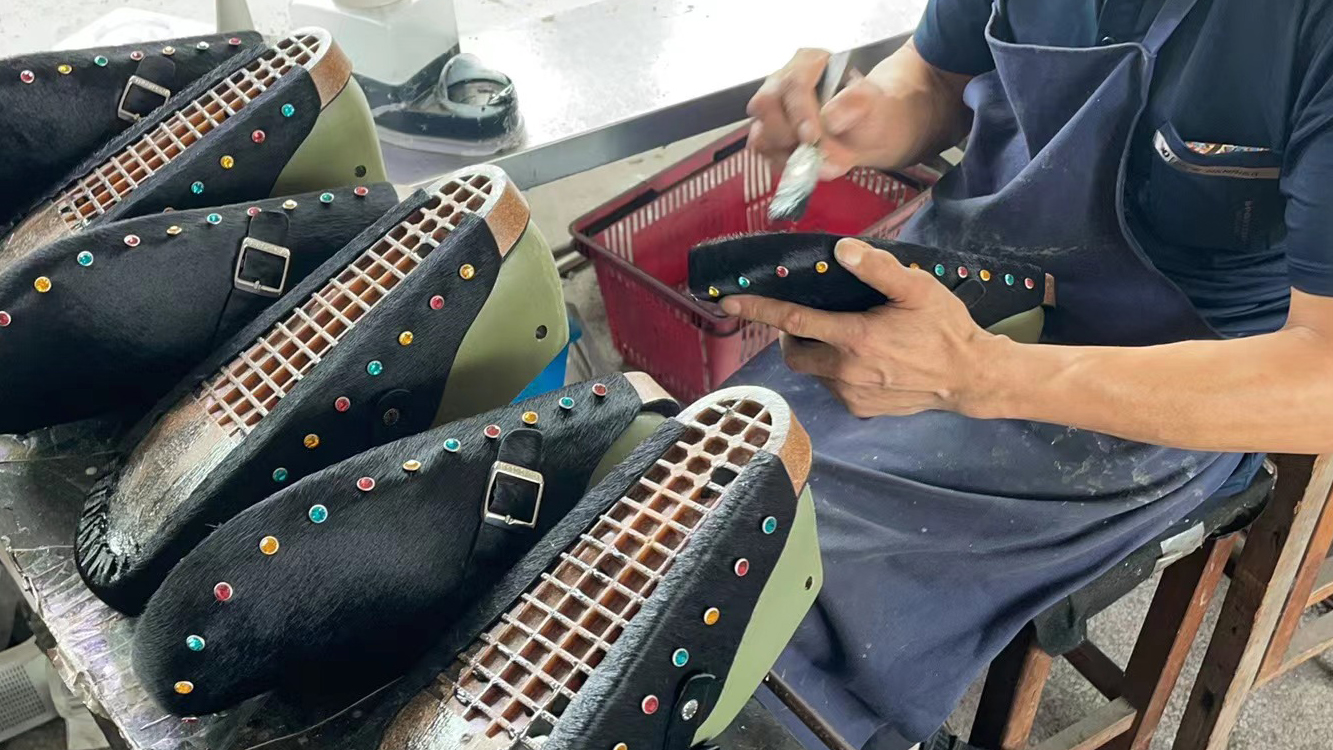
The suede upper is attached to a clog sole, typically made of:
- Cork3: Lightweight and shock-absorbing.
- Rubber4: Provides durability and slip resistance.
- Wood5: A traditional material offering sturdy support.
The upper is carefully stitched or glued, ensuring a strong bond that withstands daily wear.
5. Adding Comfort Features
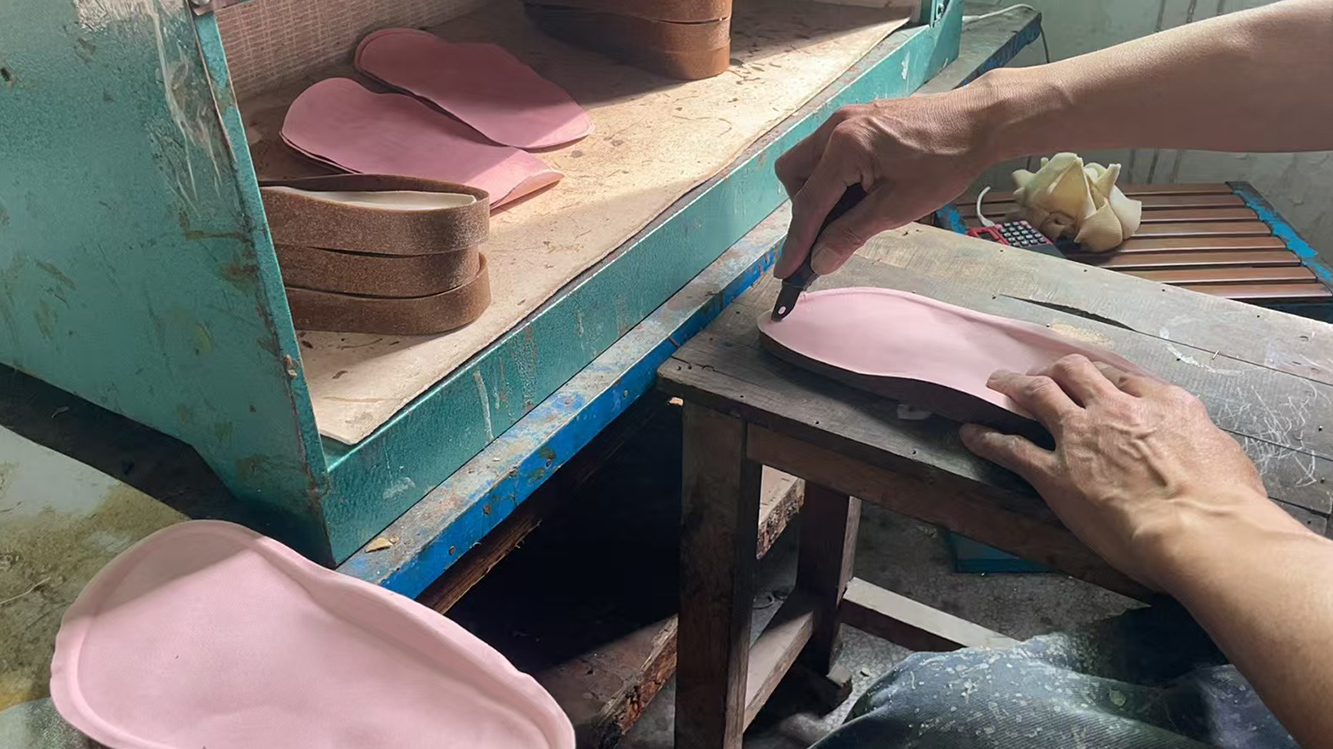
To enhance comfort, suede clog slippers often include:
- Fleece or Wool Lining6: For warmth and softness.
- Memory Foam Insoles7: To cushion each step.
- Padded Collars: Prevents chafing and discomfort.
6. Quality Control and Finishing Touches
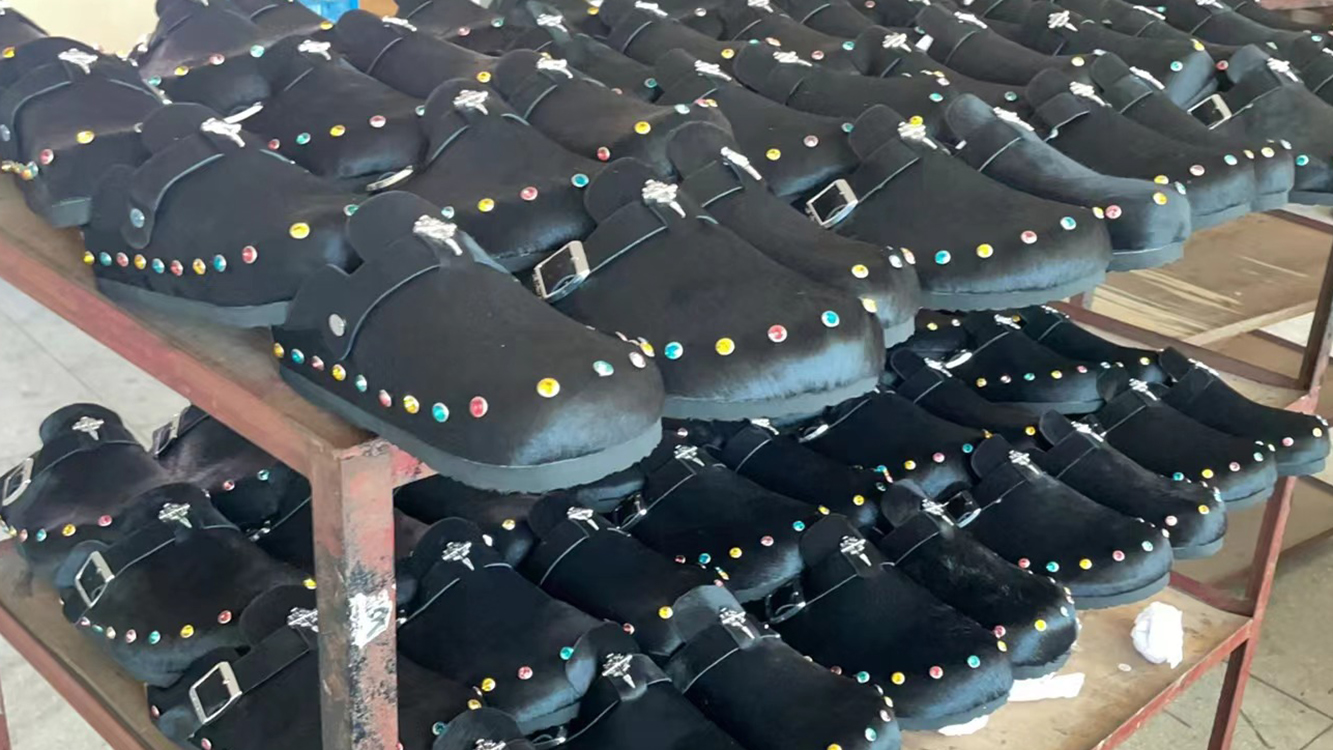
Each pair undergoes rigorous quality control8 checks to ensure:
- Even stitching and seamless construction.
- Properly aligned soles for balance and support.
- Soft and flawless suede texture.
How to Care for Suede Clog Slippers
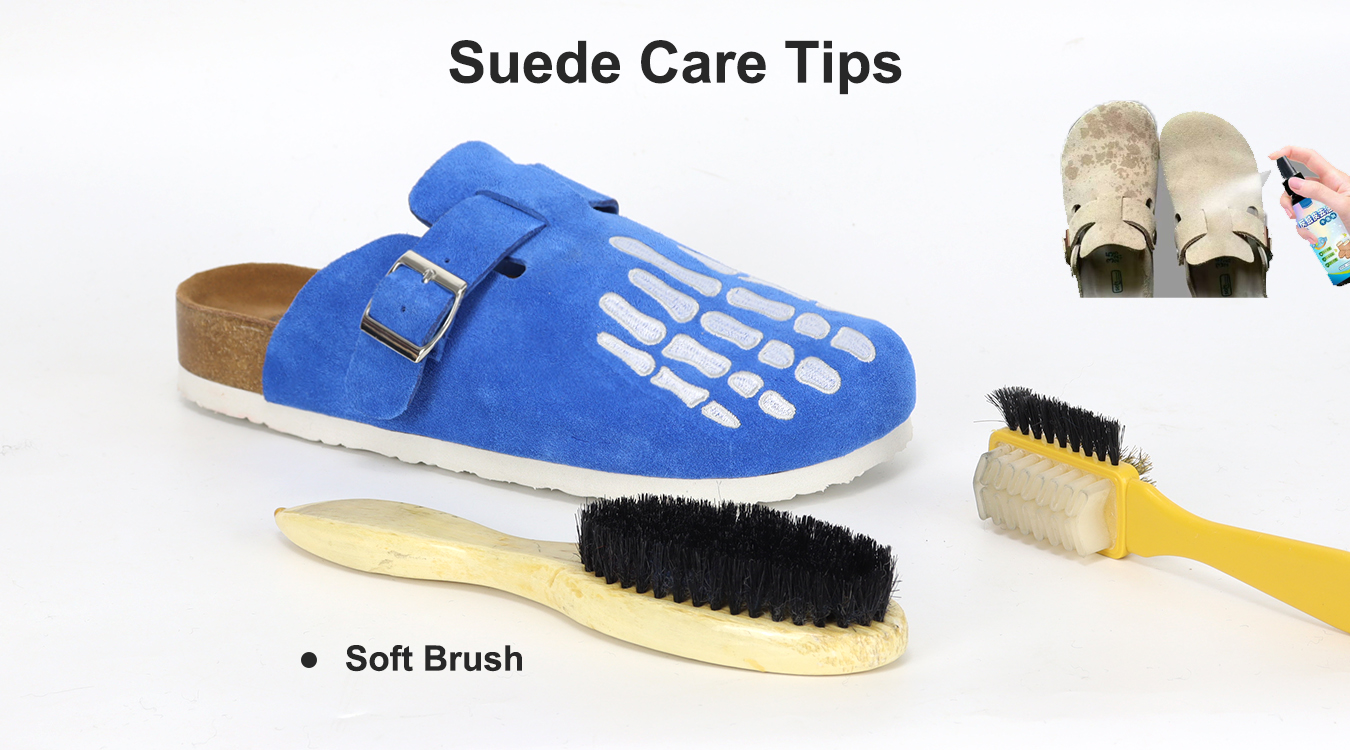
To keep suede clogs looking fresh, proper maintenance is essential.
Cleaning Tips:
- Use a suede brush9 to remove dirt.
- Avoid water; instead, use a suede eraser10 for stains.
- Store in a dry place to prevent moisture damage.
Conclusion
Suede clog slippers are a perfect combination of elegance, durability, and comfort. With quality materials and expert craftsmanship, they provide long-lasting satisfaction. Investing in a well-crafted pair means enjoying the best of both worlds: style and coziness.
Footnotes
-
High-quality suede enhances comfort and durability, making it an excellent choice for footwear. ↩
-
Industrial cutting tools ensure precise shapes and minimize material waste. ↩
-
Cork soles provide lightweight support and excellent shock absorption. ↩
-
Rubber soles offer slip resistance and durability, ideal for daily wear. ↩
-
Wooden soles are traditional and provide sturdy foot support. ↩
-
Fleece or wool lining enhances warmth and comfort, especially in colder climates. ↩
-
Memory foam insoles conform to the foot's shape, providing superior cushioning. ↩
-
Quality control processes ensure consistency and high manufacturing standards. ↩
-
A suede brush is essential for maintaining the soft texture and appearance of suede footwear. ↩
-
Suede erasers help remove stains without damaging the material. ↩

